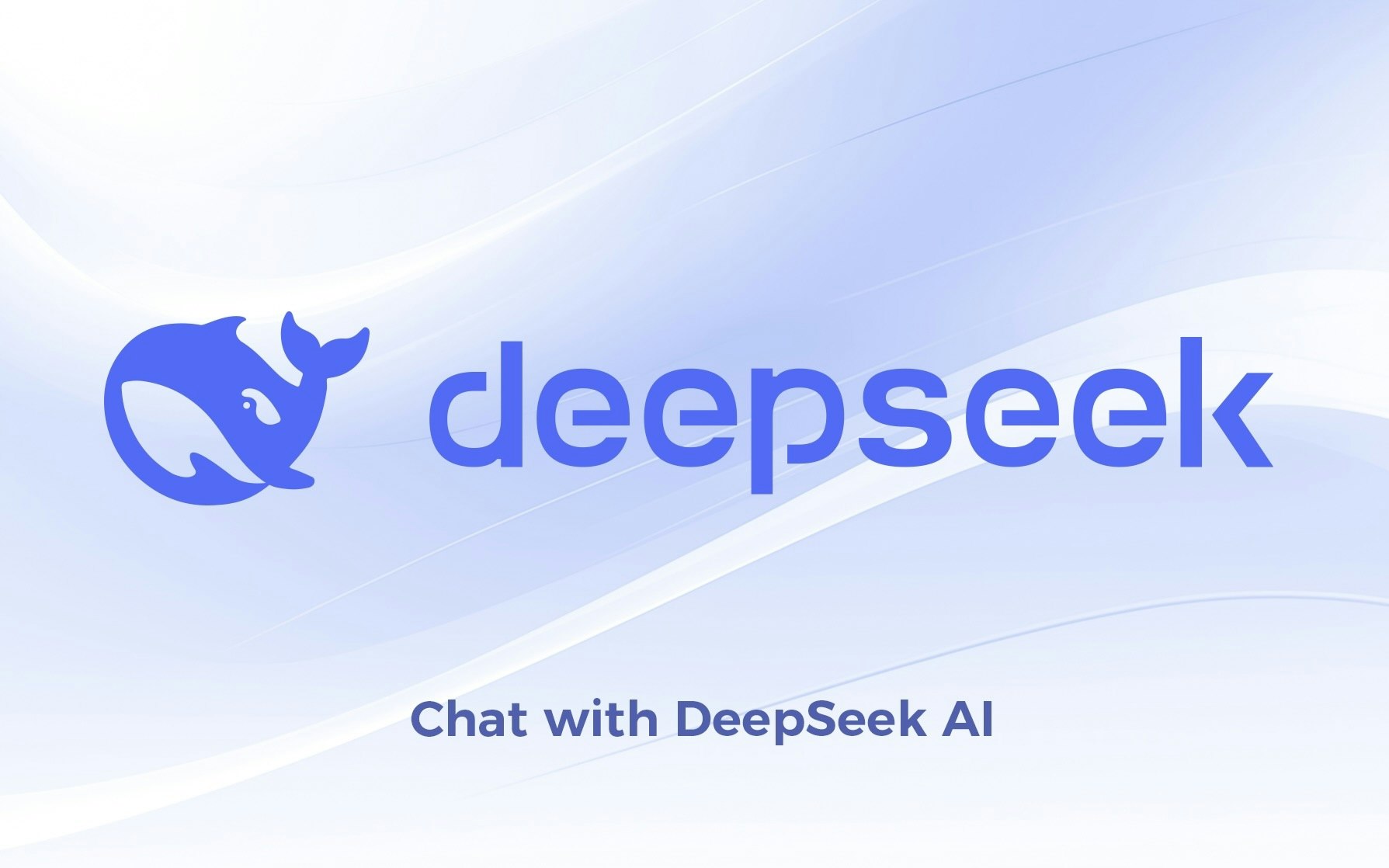The Chinese AI industry has made significant progress in recent months and is increasingly impressing with powerful and cost-efficient models. The latest example is the start-up DeepSeek, which surprised the international tech community with its open-source model DeepSeek-V3. The model delivers performance comparable to that of US rivals like OpenAI - at a fraction of the cost.
DeepSeek is not an isolated case. Since the middle of last year, leading Chinese technology companies like Alibaba, Tencent, ByteDance, and 01.ai have been continuously improving their AI models, prioritizing efficiency. Their successes are a direct result of U.S. export restrictions limiting China's access to advanced AI chips.
To reduce dependence on foreign high technology, Chinese companies are increasingly relying on new algorithmic approaches and optimized training strategies. The so-called "Mixture-of-Experts" architecture, where specialized smaller models deliver impressive results in combination and drastically reduce energy consumption, is gaining importance.
DeepSeek-V3 exemplifies this resource-efficient approach. The model was trained with Nvidia H800 GPUs, which technologically lag behind the latest US chips. Nevertheless, the training was completed in just two months at a cost of only 5.5 million US dollars – a fraction of the estimated expenses of US competitors.
The costs for inference were also significantly reduced, which is why DeepSeek earned the nickname "Pinduoduo of AI" – referring to the business model of the Chinese discount e-commerce giant, which is based on aggressive cost-cutting. This progress challenges a widespread assumption: that state-of-the-art AI necessarily requires enormous computing power and billion-dollar investments.
At the same time, the success of DeepSeek highlights the limits of U.S. export controls.
Nevertheless, the debate on the impact of the sanctions remains controversial. Gregory Allen from the Wadhwani AI Center argues that China's progress would have occurred independently of the US restrictions. However, state-driven resource allocation is inefficient and prone to errors, as examples from the Chinese semiconductor industry show.
The fact is, however, that the export controls have created a strong incentive for private companies to lead the global AI development. Chinese companies are known for their ability to scale technologies cost-effectively – whether in e-commerce, electric vehicles, or battery production.
For the new U.S. government under Donald Trump, the question now arises: Could tightened sanctions ultimately further accelerate China's AI progress?

